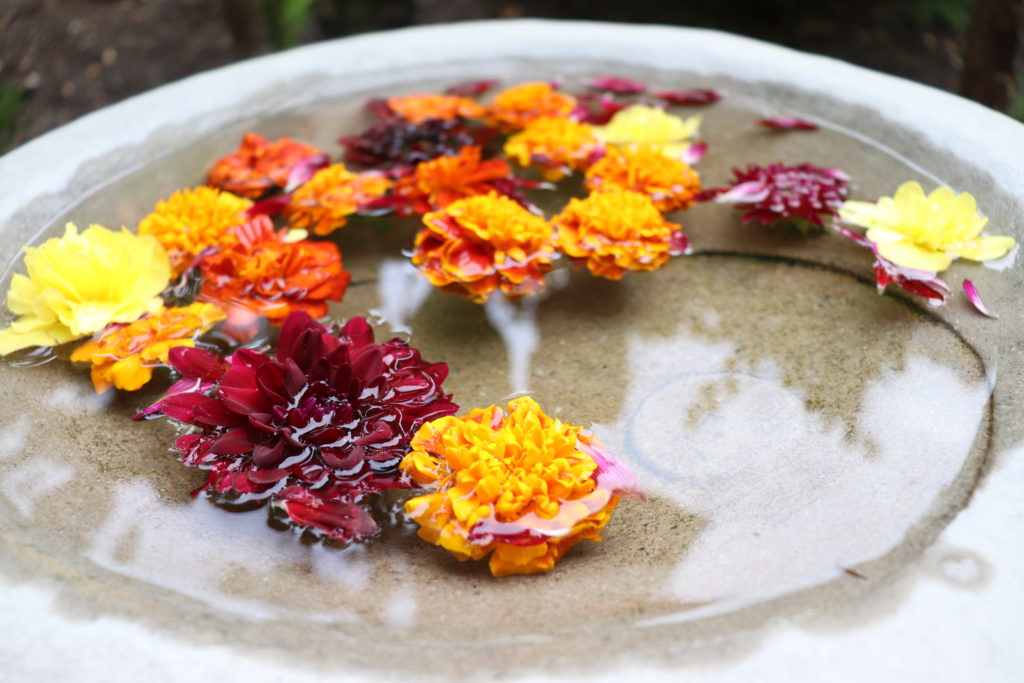
water bouquet

water bouquet
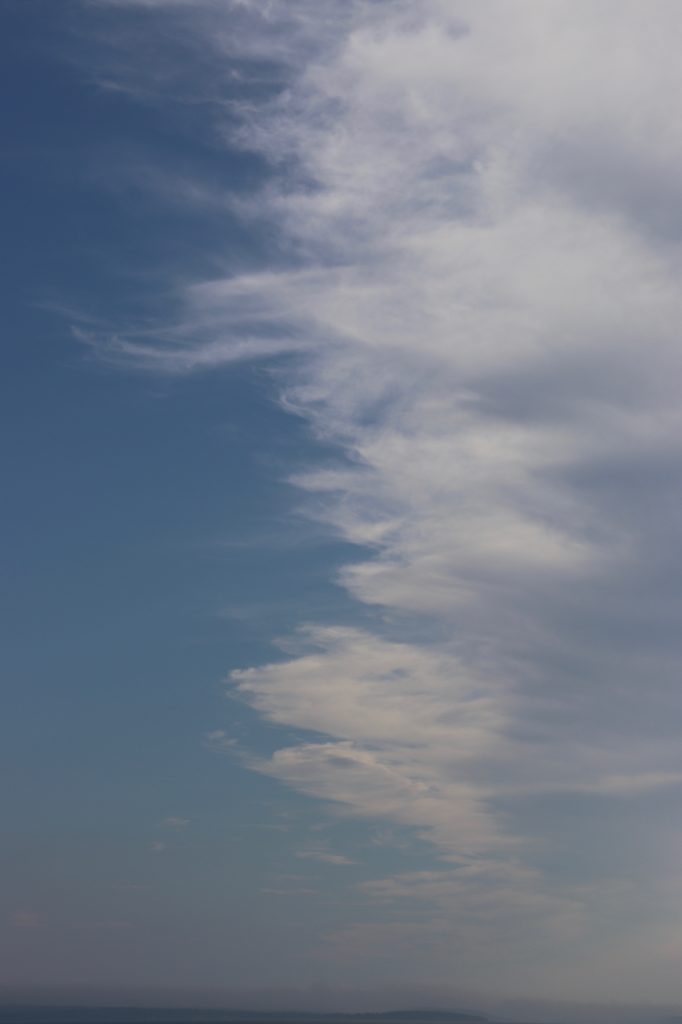
This is a mindful, self-regulation practice that can support our capacities to meet the present moment with skillfulness and compassion, and in the process cultivate equanimity.
Stephen Cope
(Excerpts and technique* from Yoga and The Quest for True Self)
Riding the Wave Technique:
Breathe:
Soften the belly and bring your awareness to the breath. The body responds immediately. The wave of breath begins to flow into all parts of the body.
Relax:
Full breathing automatically initiates relaxation. In order to deepen this effect, it can be useful to coach yourself. “Relax.” You can consciously relax the muscles: The face. The brow. The belly.
Feel:
Actively begin to investigate the wave of feeling generated by this relaxation. Where in your body do you feel sensation, energy, movement? Investigate. Move toward the sensations and feelings, rather than away from them. If intensity is present, meet it with breath and attention toward the grounding energy or points in the body.
Watch:
As you begin to settle, you may be able to notice the capacity to witness your experience, to be the observer. Allow yourself to identify with the observing self. The Witness stands at the center of experience, and is able to be with the experience, the sensation, the feeling, and not be overwhelmed by it or practice this capacity.
Allow:
Coach yourself to allow the wave of feeling to wash through you. No need to block anything. It’s all safe. It will not destroy or annihilate you. It will not hurt others. Practicing staying with your true experience just as it is. Watching it begin, shift, and end.
Note: If a lot of intensity is present, you can modify this instruction to allow and invite calming, soothing breath awareness and the gentle reminder: present moment, safe moment.
“When we are judging or criticizing our experience, we cannot be fully in it. In order to witness we have to be able to interact with what is, without needing to fight against it. Nothing has to get rejected or closed down. No part of me is any more right than any other part. I am not more invested in one than in the other. I am curious. Accepting. Allowing. Interested. Watching…There is an essential corollary to the first law of the witness, however. It goes like this: Eventually, we will react, we will judge, we will censor. But this is not a problem either! When we do react, judge, or censor, we can simply take that reaction as the object of the witness’s attention.” Stephen Cope
Consider ending practice with this gift of a poem by Wendell Berry:
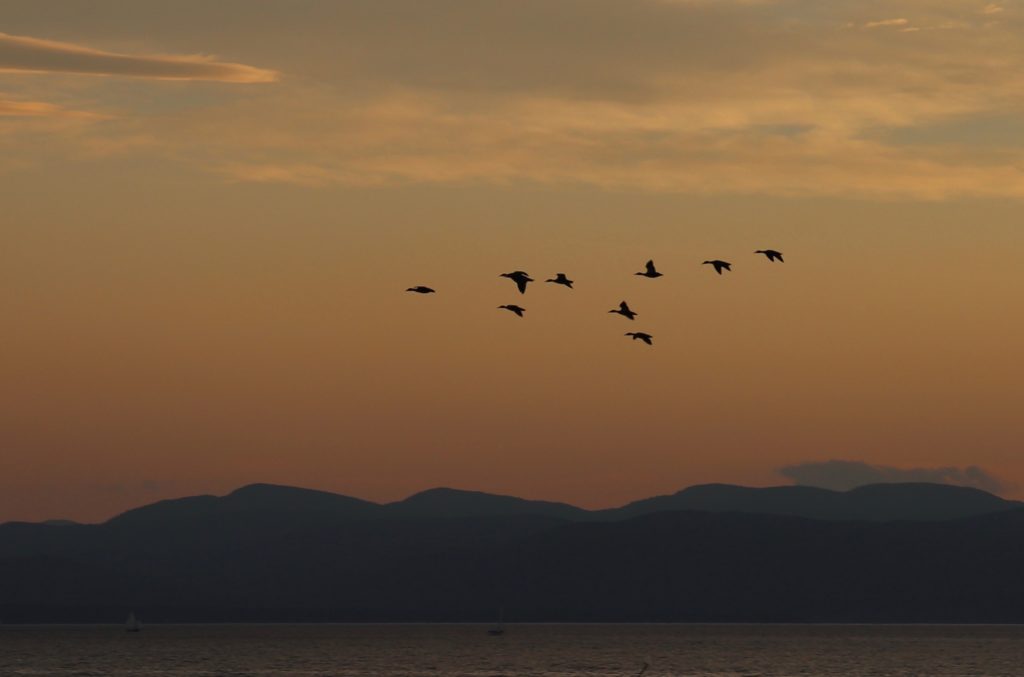
What We Need Is Here
Geese appear high over us,
pass, and the sky closes.
Abandon, as in love or sleep, holds
them to their way, clear
in the ancient faith: what we need
is here. And we pray, not
for new earth or heaven, but to be
quiet in heart, and in eye,
clear. What we need is here.
Stressed out? Worried? Frustrated? Feel like it’s difficult to plan ahead? You are so normal. Even five to ten minutes of mindfulness or simple breathing practices can help. Really.
Below are the links for a webinar-Zoom presentation and the related Power Point requested by and offered to the Vermont Association of Area Agencies on Aging (V4A) on May 15, 2020 to support direct service professionals coping with the heightened stress of the pandemic. The presentation offers fundamental mindfulness concepts, skills, and practices that can support individuals with daily self-regulation and self-care.
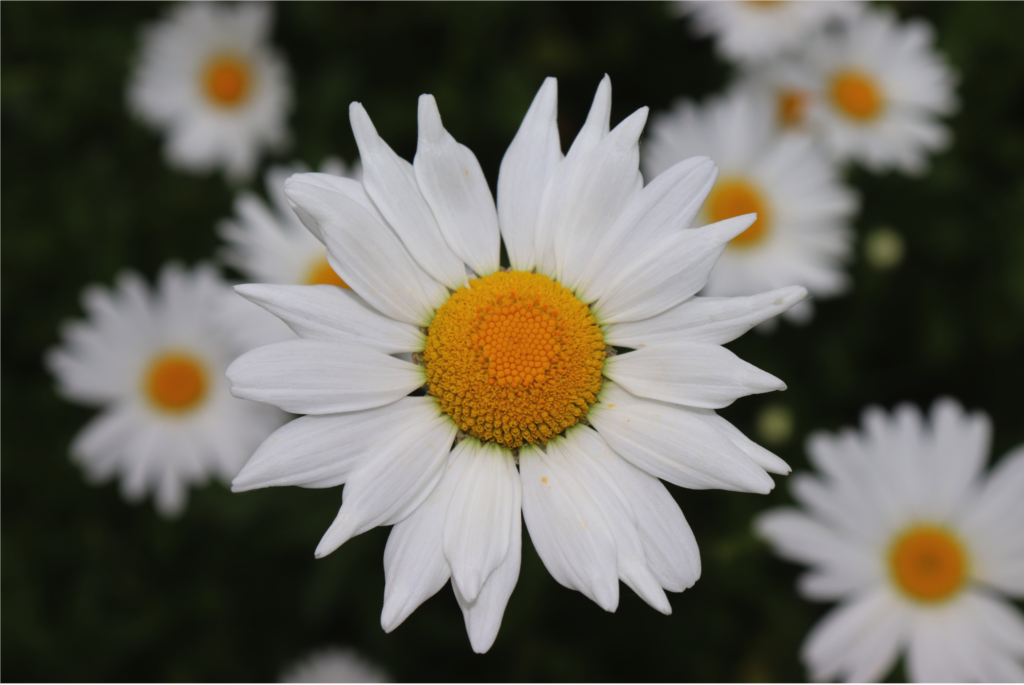
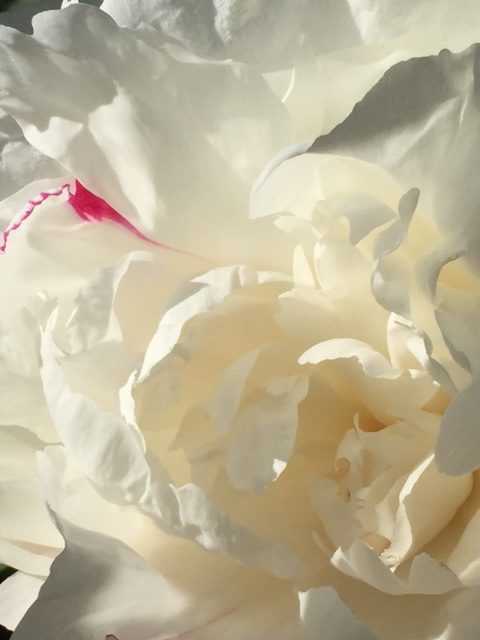
The peonies have returned, as the first lilacs begin their fade. This is the gesture of spring, of life cycle; the blossoms show us over days or weeks, what it is like to grow, shine, and release.
Around me, around us all, the human journey of individual, family, community, nation, and world unfolds. The human energies are heightened and tangled: fraught, frightened, lost, grieving, confused; out-of-step with what was expected, while grappling with what has arisen, what has been lost, and our historic wounds. While turning toward the possibilities within dynamic change is necessary and resourceful, there is no right or one way to walk through this moment. We each have our way. We can trust this. And yes, unrest, messy moments, and grief in the midst are inevitable.
Resiliency is not solely an individual quality or skillset, as it is so often described and touted, but a living connection to systemic supports and resources that allow us to find homecoming and shelter with others, as well as within ourselves. The roots of resiliency are nurtured through learning how to be compassionate with ourselves and others. Compassion engages the heart’s knowing and softer, kinder wisdom. It is the gesture, the practice that allows for the building of bridges and human connection.
More vulnerability, more tenderness, more distress are natural in times of instability, crisis, and systemic fragility. Take heart. Reach out when you need to. It’s all okay.
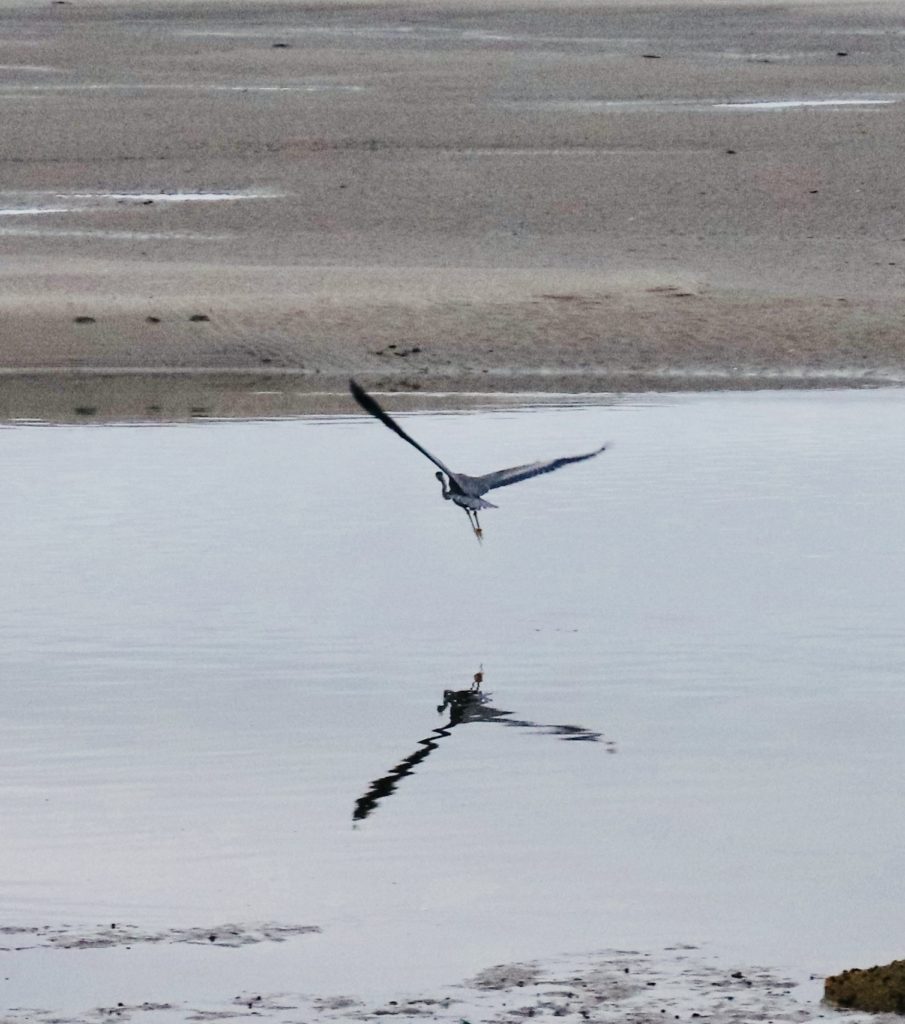
…the art of freedom becomes the necessary adventure of grasping secrets that are everywhere in the open and stirring their aspects within us, in such a way that we come alive: learning from the fish how to surface and dive, from the flower how to open and accept, from the stone how to crack and let the light in, and from the birds that wings are more useful at times than brains.
Rather than finding ourselves in everything, we are challenged daily to find everything in ourselves, till being human is evolving inwardly in the likeness of everything, shaping ourselves to the wonders we find, until like birds, who have known this forever, we too make song at the mere appearance of light.
~Mark Nepo, The Book of Awakening
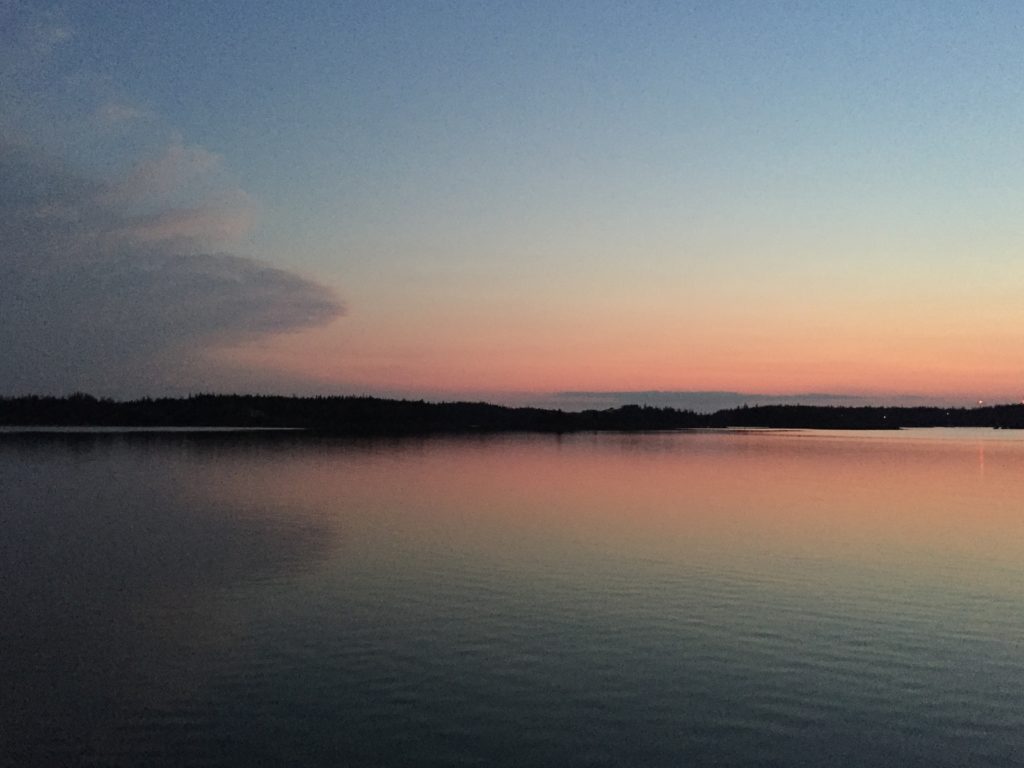
Breathing in, breathing out.
Breathing in deep, breathing out slow.
Breathing in calm, breathing out ease.
Breathing in healing, breathing out release.
Instructions:
Find a comfortable seat that establishes a balance between effort and ease or lie down and invite deep relaxation into your whole being from the crown of your head to the tips of your toes. In either position, you can lightly scan the body to observe where you are holding tension and whether it is serving you or whether it is okay to release it.
Observe the natural flow of breath, noticing the inhale, the slight transition, and the exhale. Match the mantra to your natural inhale and exhale. Begin with the first line of instruction saying it to yourself internally or out loud, as you prefer. Say each line of instruction fully twice, then consider dropping the full instruction to the core words (e.g., in, out; deep, slow; calm, ease; healing release). You can decide how long you wish to practice one instruction before moving on to the next.
At the end, pause to notice any impact from your practice. Consider placing one hand over your heart and the other over your belly and invite a felt sense of kindness and warmth into your hands. Feel the breath under your palms, easy and gentle. Remind yourself: present moment, safe moment.

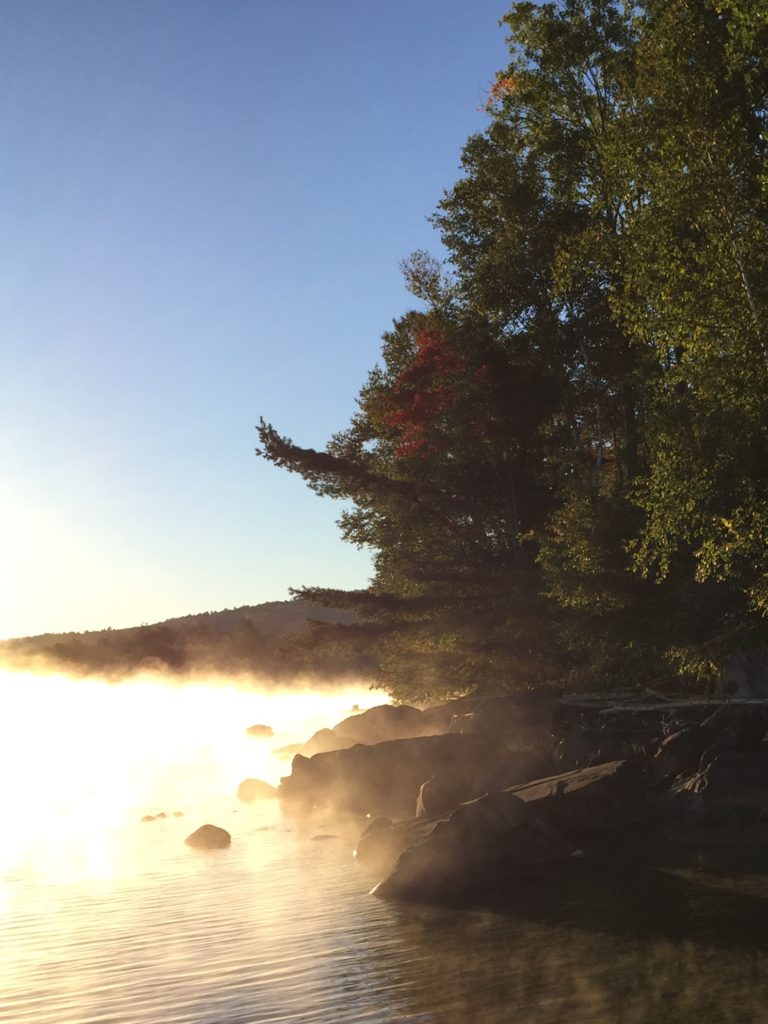
To be human means that we share universal experiences. We are born, take our first breath, require sustenance, seek the embrace of others and the shelter of dwellings, live in dependent relationships to the earth, sun, moon, and weather, and evolve day-by-day. Much else is variable in human experience. However, this moment in time has created a unique and unparalleled, global, shared reality.
Parallel to our individual lives, the natural world continues with its broader rhythms of day and night, moon and tides, fallow and harvest seasons, the expansiveness of skies and landscapes. There is a steadiness, a predictability in nature’s rhythms, as spring continues to melt frostlines and release sprouts and little blossoms in our northern hemisphere.
In this time of universal and individual anxieties, we can return to the embrace and solace of the natural world. We can lean into its rhythms and breathe deeply from the gift of fresh air. We can invite our worried minds to clear and open, observing thoughts, as if clouds in the sky-floating along-leaving no trace. We can remember our connection to something bigger and beyond and return renewed. This can happen by looking at a photograph, engaging in a visualization exercise, as well as taking a walk outdoors. Nature’s resources are ever-present and available. We are not alone.
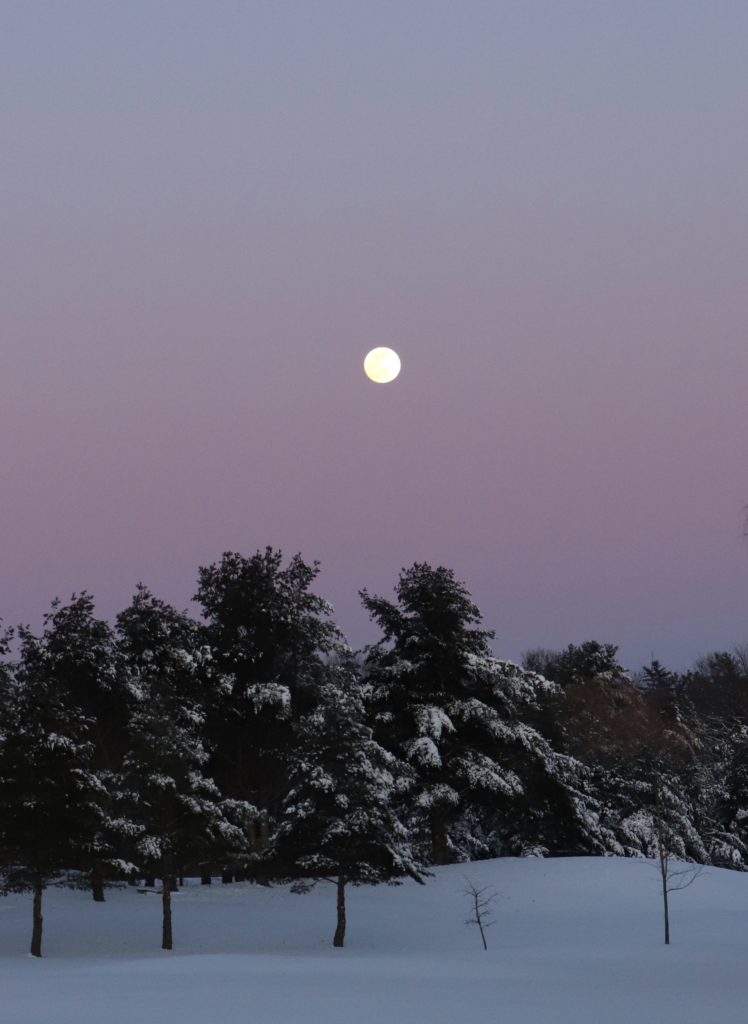
This short talk was a free resource posted by National Institute for the Clinical Application of Behavioral Medicine or NICABM on March 31st, in response to COVID-19. It reviews how core knowledge and tenets in the treatment of trauma can serve broader populations in this moment. Bessel van der Kolk is an internationally, renowned trauma therapist and author of The Body Keeps the Score: Brain, Mind, and Body in the Healing of Trauma. He speaks about the natural feelings of helplessness, distress, and lack of agency that arise in the midst of unpredictable life circumstances like a pandemic and offers practical suggestions about self-care and resources.
**Alert: van der Kolk comments briefly on national politics. Hopefully, whatever one’s political or apolitical leanings, the core resources and therapeutic messages can be received.
Here is the link:

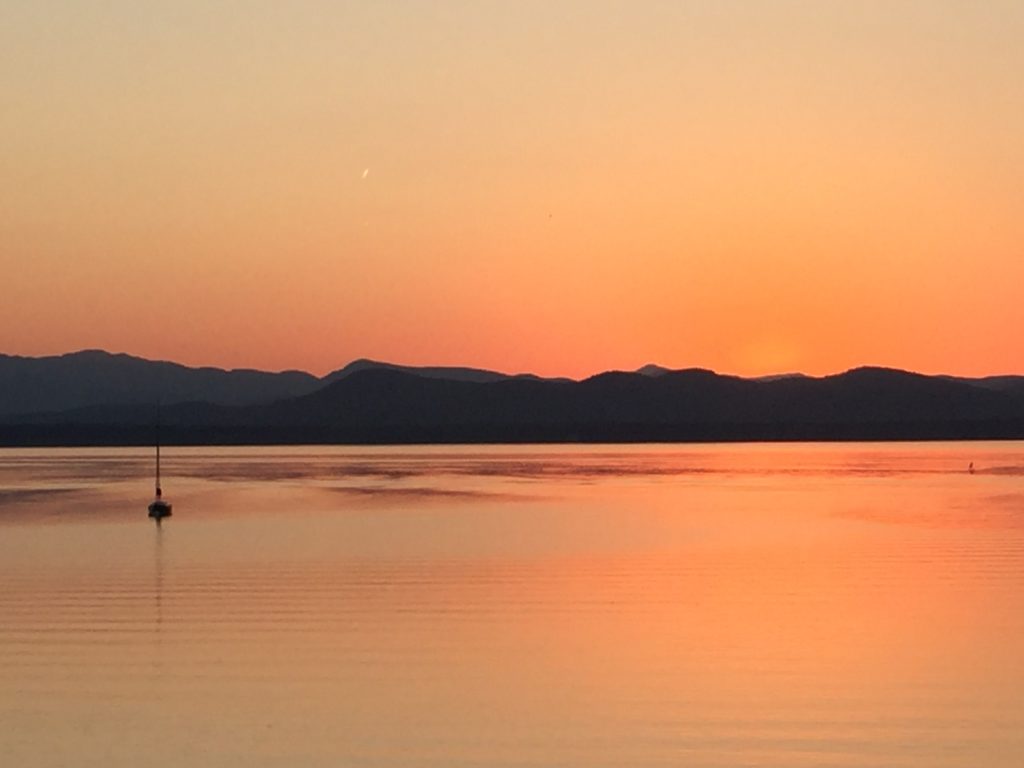
breathing in calm, breathing out ease
Our lives are constantly tumbling forward into the future, and the only way back to here and now is to stop. Even a few moments of suspended activity, a mini-meditation of just being still, can reconnect you with a sense of aliveness and caring. That connection will deepen if, during those moments, you intentionally establish contact with your body, breath, and relax.
~Tara Brach, True Refuge